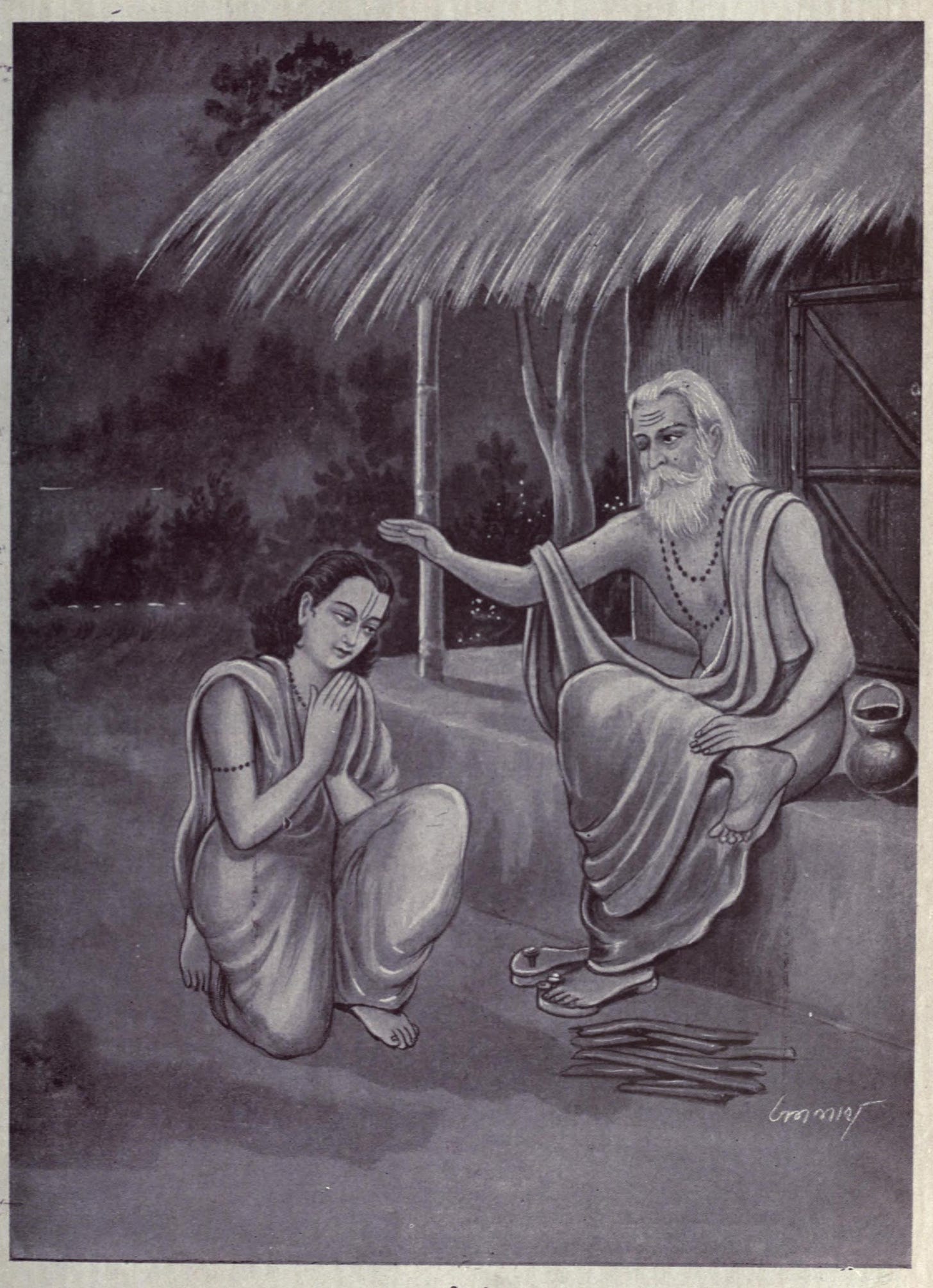Ayurveda exudes its ancient wisdom in every moment, ready for anyone who seeks to understand the truths of human wellness. This is why thinking health professionals today, especially physicians living with disease with newly opened eyes, are flocking toward practical knowledge —known in medical parlance as real world data. Once they realize the importance of their daily choices, they are inventing new fields such as Lifestyle Medicine, Food as Medicine, and Health-based Medicine.
Learning ayurvedic principles that underlie the logic of most health routines is becoming the new western Bling. When physicians add lifestyle counseling or ayurveda to their list of services, they see patients line up, ready to spend good money to learn how to swallow, how to chew, how to wake up, how to poop, how to turn off the TV.
As westerners discover that sleep, clean food, and good relationships are the pillars of good health, Ayurveda whispers to them -- nidra, ahara, brahmacharya! The basics of keeping healthy were always the priority and the foundation of teaching ayurveda. Today these basics are being proclaimed as a priority by physicians, suddenly co-opting the same wisdom they rejected a decade ago.
Because modern medicine is rooted in business tactics, its students become entrenched in the typical western imperialist attitude of conquest-as-success. They pretend that the ancient wise rituals of ayurveda are their own brilliant new discoveries because they could not decipher Sanskrt. Using Intellectual Property as a carrot for angel investment funding, they try to co-opt ayurveda and plagiarize its principles while taunting it for not explaining its principles to them.
Science-based researchers claim to have invented "breathwork" by publishing their landmark papers, when traditionally-educated Indians know this is a clear plagiarism of pranayama and the science of building fire in the body for transformation. The understanding of the indriya (5 senses) as a bridge between the manas (mind) and sharira (body) was known in ayurveda and transformed to practical rituals in all Bharatiya traditions, and is now called 5-sense therapy.
While conservative and outdated physicians are laughing at ayurvedic concepts of smell and flavor, neuroscientists have discovered olfaction and taste have more robust aspects in the wiring of the brain. These require understanding of smell and flavor as multi-sensory intertwined experiences of the mind and light, sound, and chemicals. Ayurveda called them indriya then and still calls them indriya now. The wisdom remains consistent 5000 years later.
Some scientists have taken the bedrock of manas shastra and called it "the mind-body response." "Resilience training" is actually manobala. The mind-gut connection called The Second Brain is originally understood as the science of Āhaara. Lifestyle medicine which is touted today as a new medical specialty for MDs is actually ahaara-vihaara, pathya, and hita in ayurveda.
Explaining concepts in English seems to give license to this plagiarism as new scientific discovery.
While modern medical schools do not teach ayurvedic wisdom, it does not give physicians the right to "discover" Bharatiya sciences and co-opt them as their own discoveries. The books of Ayurvedic medicine have been translated to English for 150 years, and there is no excuse for the ignorance of westerners opening their eyes and claiming the wisdom as new intellectual property (IP).
This is at the heart of the secrecy of ayurvedic physicians in India who do not want to share the formulas that work. They know that if they share, the recipient entrepreneur will take it and create investment-rich start-ups that exclude the rightful teachers of the knowledge and the correct wisdom that will actually heal disease; they want to avoid misuse of wisdom. Nubile entrepreneurs will mis-spell exercise, rhythm, food, breathwork, and lifestyle into gimmicks that charge hefty fees for teaching basic skills of self-care, and never delve into the actual profound healing practices that are the core of ayurvedic medicine. Their apps offer no real algorithm of treatment and they defer any responsibility for wrong practices.
The IP of the ayurvedic vaidya is like a tree, in which every branch can grow perfect leaves and fruits to match the patient sitting on it. Dozens of variables lead the physician to individualized personalized steps for the perfect treatment protocol. These are based on the strength of the patient’s mind, their gut’s strength and ability to digest, the age of the patient, his usual food, his endurance and strength of his tissues, his ability to breathe properly, the current and past morbidities, vital energy available, his support systems and his resources available.
If the knowledge was open for all to use in the west without patent and proprietary license, we could all share and heal. The journey toward open-source ayureda and putting it in the hands and hearts of the People is a long, winding road requiring the development of trust, honesty, and commitment to the best possible options.
This is the fifth of a five-part series on the ancient wisdom tradition and logic of the ayurvedic approach to being human.
week 89. TheSouthAsianTimes
Download the .pdf version of this column by clicking on the image.
Dr. Bhaswati Bhattacharya is a Fulbright Specialist 2018‐2023 in Public Health. She serves as Clinical Asst Professor of Family Medicine in the Department of Medicine at Weill Cornell Medical College in New York, NY.
Her bestselling book Everyday Ayurveda is published by Penguin Random House. To order an autographed copy, write to bhaswati@post.harvard.edu.
www.drbhaswati.com









Indian medical doctors are to be blamed. They are on the top of list to ridicule and when get an opportunity behave they know Ayurveda by default